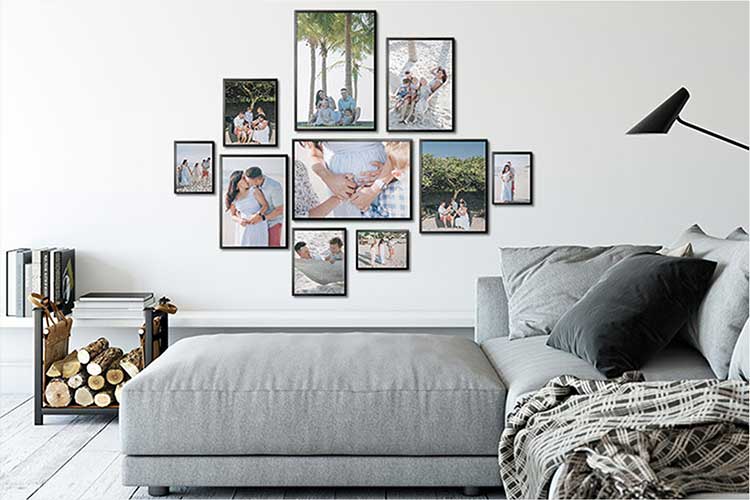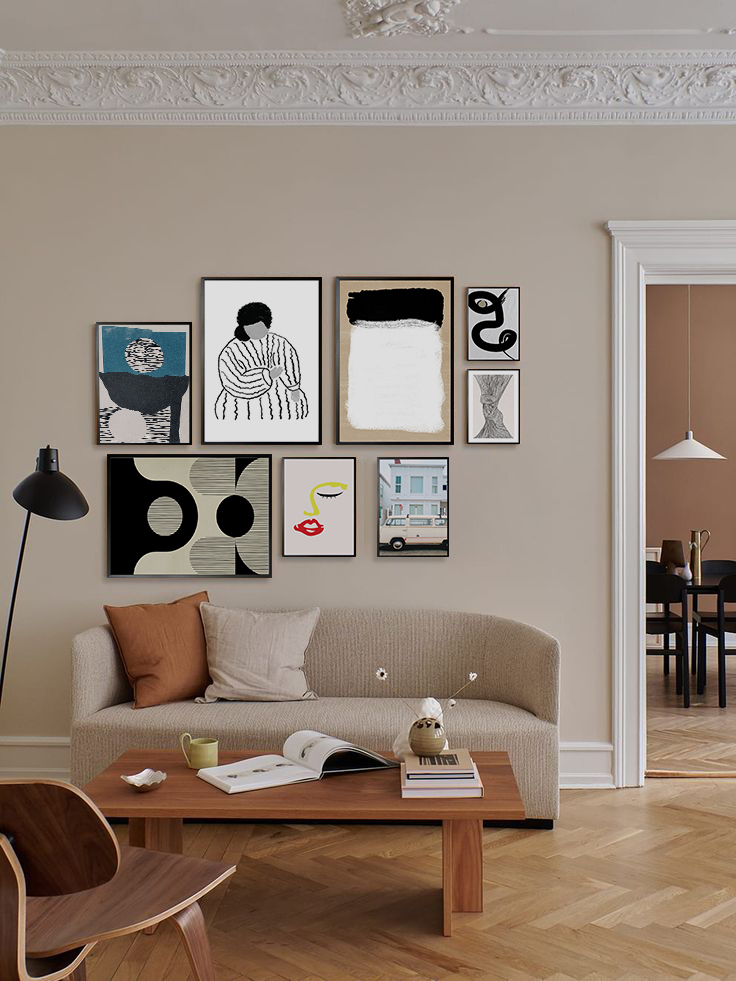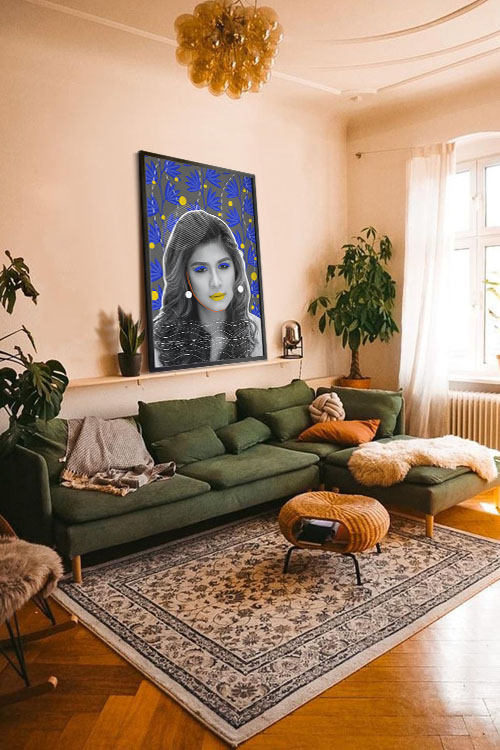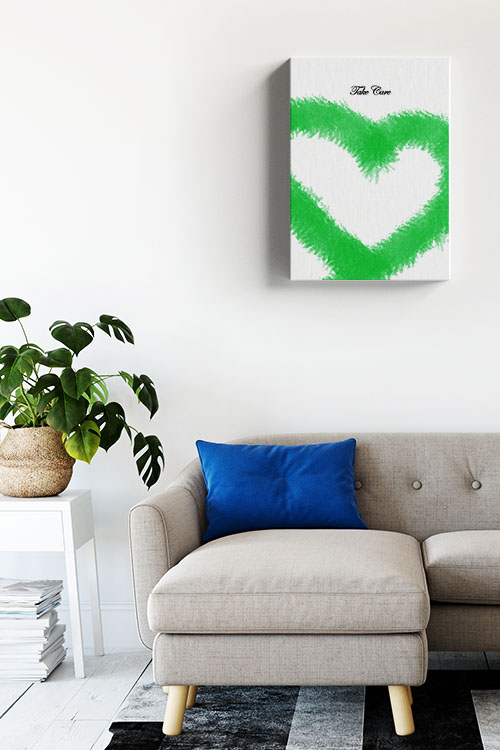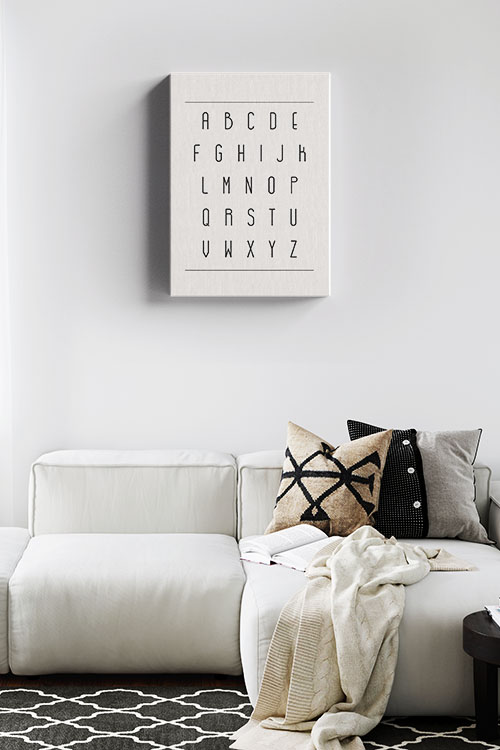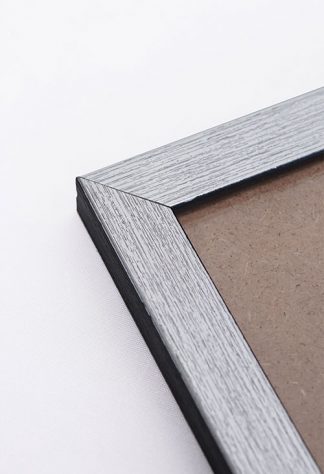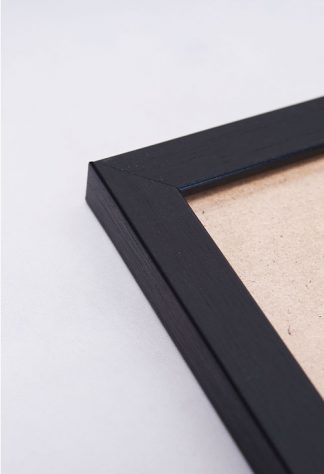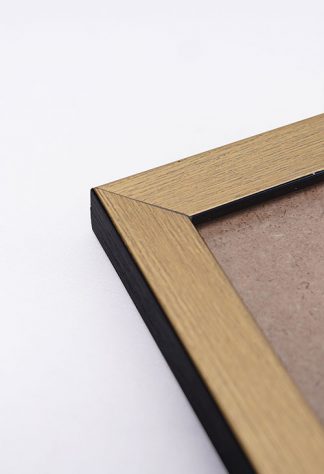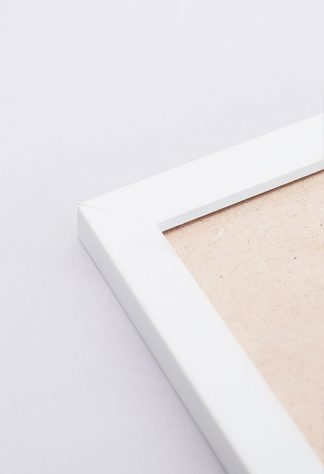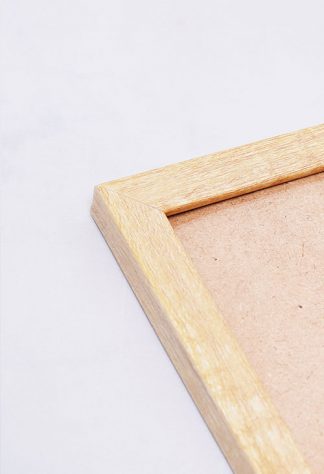
Posters and canvas prints, both popular choices, offer various designs and price points, making the decision-making process an exciting personalization journey. Read on to explore the differences between these two options and discover the factors to consider when choosing the perfect piece to reflect your unique style and elevate your walls.
Material Matters: Durability and Texture
The most fundamental difference lies in the base material. Posters are typically printed on high-quality paper stock, ranging from thin and glossy to thicker and matte finishes. While paper offers a smooth surface ideal for detailed reproduction, it’s inherently delicate and prone to tears and creases.
Canvas prints, on the other hand, boast a sturdier foundation. The image is printed on artist-grade canvas fabric stretched over a wooden frame, ensuring a long-lasting investment. This creates a more substantial and gallery-like feel, mimicking the look and texture of traditional paintings. Canvas is also more resistant to fading and damage, making it a great choice for long-term displays, giving you confidence in your investment.
Aesthetics: Flat vs. Textured
The material choice significantly impacts the visual appeal. Posters provide a flat, two-dimensional presentation. This can be advantageous for showcasing intricate designs or high-resolution photographs where preserving detail is crucial.
Canvas prints, however, introduce a delightful textural element. The woven texture of the fabric adds depth and dimension to the artwork, creating a more artistic and visually engaging experience. This textural quality is particularly well-suited for paintings, landscapes, or photographs focusing on light and shadow, inspiring a captivating display.
Display Options: Framing and Simplicity
Another factor to consider is how you plan to display your chosen art piece. Posters are generally unframed, relying on their inherent graphic quality to stand out. However, framing a poster with a complementary mat can elevate its look and provide additional protection.
On the other hand, canvas prints often come with the image wrapped around the frame’s edges, creating a finished look that eliminates the need for separate framing. This can simplify the hanging process and add a touch of sophistication.
Cost Considerations: BUdget-friendly vs. Premium
The price point is a significant factor in choosing the decor for your space. In general, posters are more affordable than canvas prints. This makes a budget-friendly option for frequently changing displays or temporary decorating needs.
With their premium material and construction, canvas prints come at a higher cost. However, their durability and artistic appeal make them a worthwhile investment for cherished pieces you intend to display in the succeeding years.
In a nutshell
In conclusion, the best choice between a poster and canvas print depends on your needs and preferences. The factors you need to consider before buying them are budget, durability, aesthetics, and how to display. These pointers can transform your bare walls into a stunning canvas for artistic expression, whether you choose the vibrant appeal of a poster or the timeless elegance of a canvas print.
